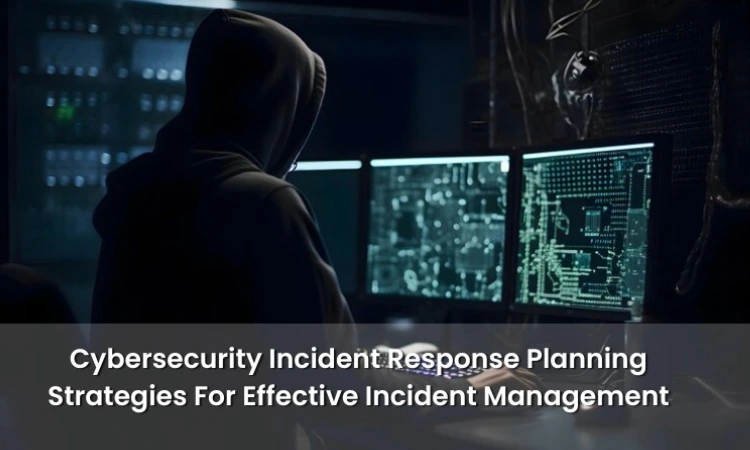Understanding Cybersecurity Incident Response
Key Strategies For Effective Incident Management
1. Preparation
Preparation is the cornerstone of an effective incident response plan. This stage involves establishing and maintaining an incident response capability. Key components of the preparation stage include:
- Incident Response Team : Forming a dedicated incident response team comprising members with clearly defined roles and responsibilities. This team should include IT staff, security experts, legal advisors, and communication specialists.
- Policies and Procedures : Developing comprehensive incident response policies and procedures that outline how incidents should be handled. These should be regularly updated to reflect new threats and changes in the organization’s infrastructure.
- Training and Awareness : Conducting regular training sessions and awareness programs to ensure that all employees understand their role in the incident response process and are aware of common cyber threats.
2. Identification
The identification stage involves detecting and recognizing a potential security incident. Timely identification is critical to minimize the impact of an incident. Strategies for effective identification include:
- Monitoring Systems : Implementing continuous monitoring systems and intrusion detection/prevention systems (IDS/IPS) to identify unusual or suspicious activities in real-time.
- Threat Intelligence : Utilizing threat intelligence to stay informed about emerging threats and vulnerabilities. This can involve subscribing to threat intelligence feeds and collaborating with other organizations to share threat information.
- Incident Reporting Mechanisms : Establishing clear mechanisms for employees to report suspected security incidents. This can include a dedicated email address or hotline.
3. Containment
After spotting a problem, the next step is to stop it from causing more harm. Containment strategies are split into short-term and long-term actions:
- Short-Term Containment : This involves immediate actions to limit the spread of the incident. Examples include isolating affected systems, disconnecting compromised accounts, and blocking malicious IP addresses.
- Long-Term Containment : This involves more comprehensive measures to ensure the incident is fully contained. This can include applying patches, strengthening security controls, and conducting forensic analysis to understand the full scope of the incident.
4. Eradication
Eradication involves removing the root cause of the incident to prevent it from recurring. This stage often requires a deep understanding of the incident and the vulnerabilities exploited by the attackers. Key actions in the eradication stage include:
- Removing Malicious Code : Identifying and removing any malware or malicious code from affected systems.
- Closing Vulnerabilities : Addressing the vulnerabilities that were exploited during the incident. This can involve applying patches, updating software, and changing compromised passwords.
- System Hardening : Implementing additional security measures to strengthen the affected systems and prevent future attacks.
5. Recovery
The recovery stage focuses on restoring affected systems and services to normal operation. It is crucial to ensure that systems are restored in a secure manner to prevent re-infection. Strategies for effective recovery include:
- Restoring from Backups : Using clean backups to restore affected systems. It is important to verify the integrity of backups before restoring them to ensure they are free from malware.
- Monitoring : Closely monitoring restored systems for any signs of residual malicious activity.
- Validation : Conducting thorough validation to ensure that systems are functioning correctly and securely after the recovery process.
6. Lessons Learned
The final stage of an effective incident response plan involves analyzing the incident and the response process to identify lessons learned. This stage is crucial for continuous improvement and involves:
- Post-Incident Review : Conducting a detailed review of the incident and the response efforts. This should include what went well, what didn’t, and areas for improvement.
- Documentation : Documenting the incident and the response actions taken. This documentation can be used to update incident response policies and procedures.
- Training and Updates : Using the insights gained from the post-incident review to update training programs and improve the organization’s overall security posture.

